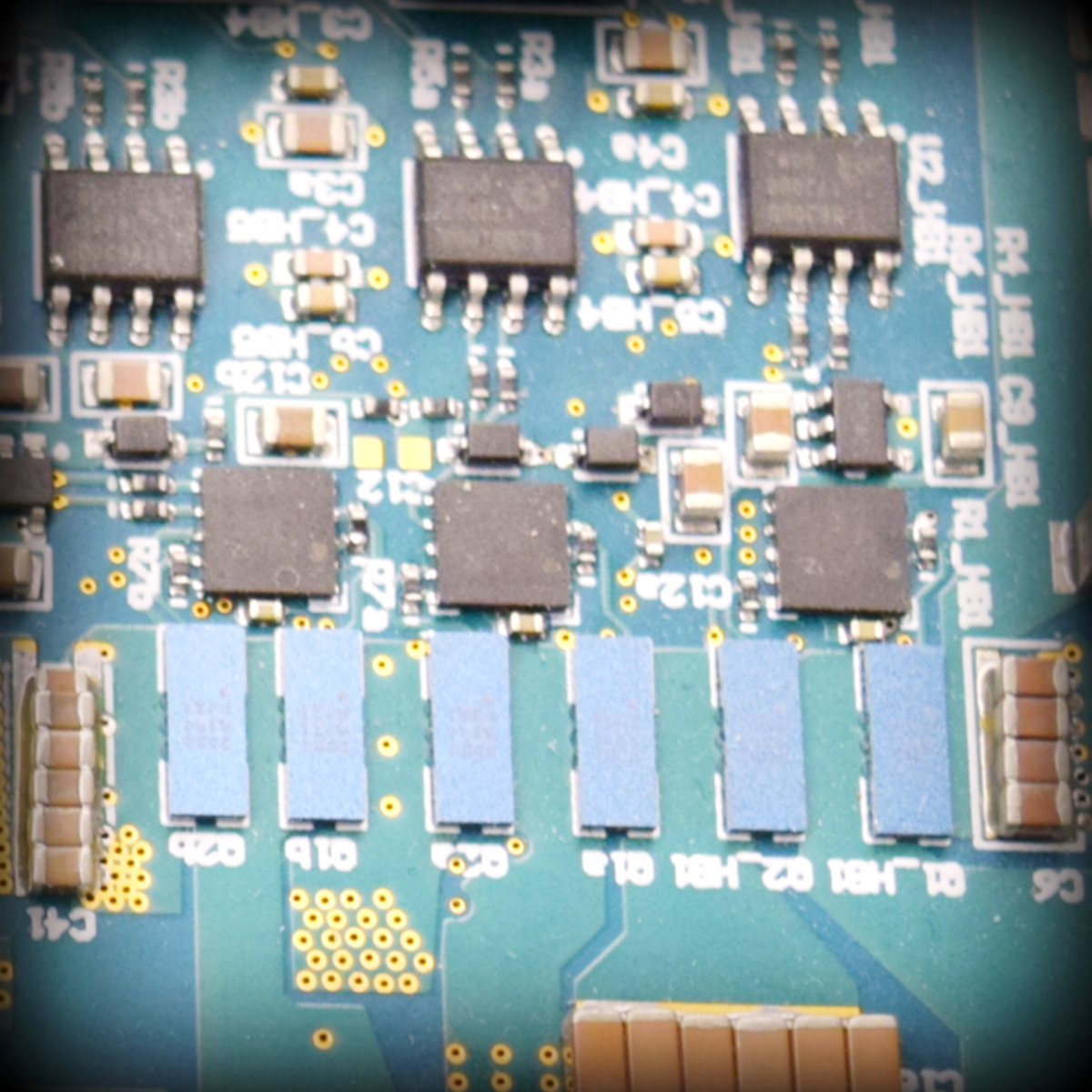Modeling and Control of Single-Phase Rectifiers and Inverters
Overview
This course can also be taken for academic credit as ECEA 5709, part of CU Boulder’s Master of Science in Electrical Engineering degree. This is Course #5 in the Modeling and Control of Power Electronics Specialization. The course is focused on modeling and control of grid-tied power electronics. Upon completion of the course, you will be able to understand, analyze, model, and design low-harmonic rectifiers and inverters interfacing dc loads or dc power sources, such as photovoltaic arrays, to the single-phase ac power grid. We strongly recommend students complete the CU Boulder Power Electronics Specialization as well as Courses #1 (Averaged-Switch Modeling and Simulation) and #4 (Current-Mode Control) before enrolling in this course (the course numbers provided below are for students in the CU Boulder's MS-EE program): ● Introduction to Power Electronics (ECEA 5700) ● Converter Circuits (ECEA 5701) ● Converter Control (ECEA 5702) ● Averaged-Switch Modeling and Simulation (ECEA 5705) ● Current-Mode Control (ECEA 5708) After completing this course, you will be able to: ● Understand the operating principles of low-harmonic, high power factor rectifier and inverters ● Model and design current shaping and voltage control loops in power factor correction (PFC) rectifiers ● Model and design control loops in single-phase dc-to-ac inverters ● Design photovoltaic power systems tied to the single-phase ac power grid ● Use computer-aided tools and simulations to verify the design of rectifiers and inverters

